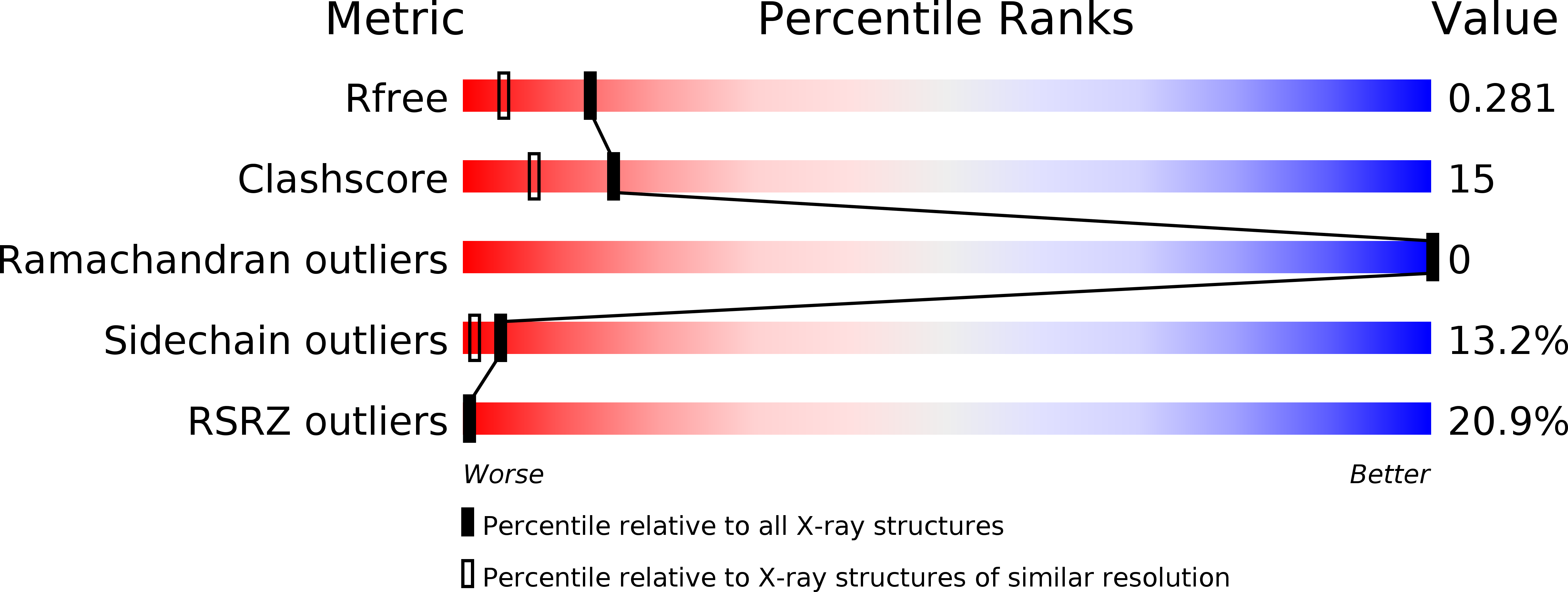
Deposition Date
2005-06-20
Release Date
2005-08-02
Last Version Date
2024-02-14
Entry Detail
PDB ID:
2A1I
Keywords:
Title:
Crystal Structure of the Central Domain of Human ERCC1
Biological Source:
Source Organism:
Homo sapiens (Taxon ID: 9606)
Host Organism:
Method Details:
Experimental Method:
Resolution:
1.90 Å
R-Value Free:
0.24
R-Value Work:
0.20
R-Value Observed:
0.20
Space Group:
P 21 21 21


